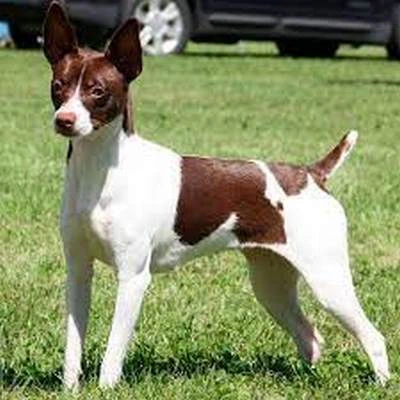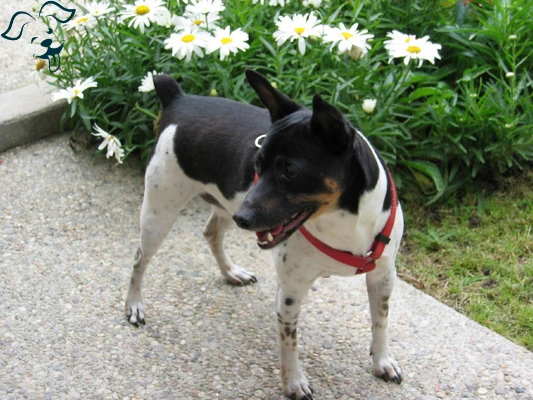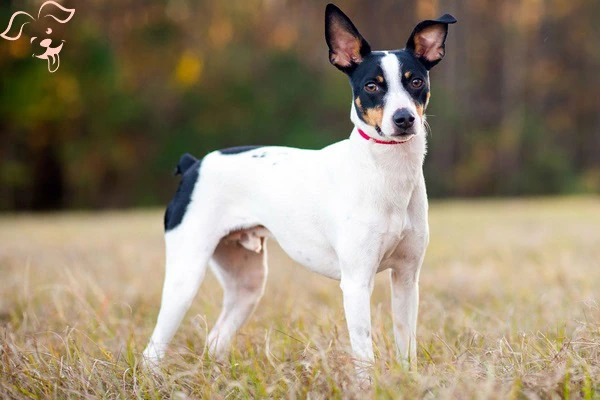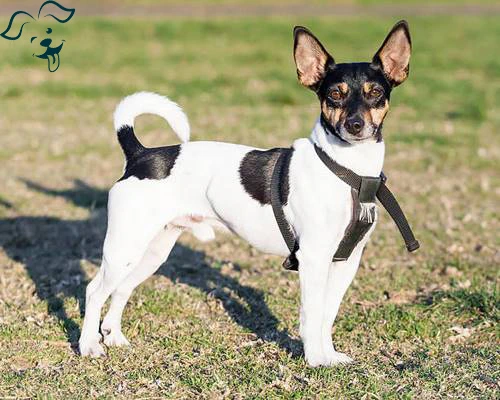CARING WITH FAMILY
|
| The level of affection a breed exhibits towards family members and familiar individuals can vary. Certain breeds tend to be more reserved and aloof primarily bonding closely with their owners, while others display an open and friendly demeanor towards everyone they know. |
LOVE WITH CHILDREN
Unwise
Good With Children
|
| Assessing a breed's tolerance, patience and overall family-friendly nature towards children is crucial. It is important to note that dogs should be supervised in the presence of young children or children who have limited exposure to dogs, regardless of the breed. However, some breeds naturally exhibit higher levels of tolerance and patience towards children making them more family-friendly. |
BEHAVIOR WITH DOGS
Unwise
Good With Other Dogs
|
| It is important to supervise and carefully manage interactions and introductions between dogs regardless of breed. However, it is true that certain breeds are generally more inclined to be friendly towards other dogs both within their own household and in public settings. |
SHEDDING LEVELS & MANAGEMENT
No Shedding
Hair Everywhere
|
| The amount of fur and hair a breed is prone to shedding should be taken into consideration. Breeds that shed more will require more frequent brushing to manage loose hair and they may also pose a higher risk for triggering allergies related to pet dander. Additionally, these breeds are more likely to necessitate regular vacuuming and lint-rolling to keep up with pet hair cleanup. |
COAT GROOMING STANDARDS
|
| When considering grooming needs it is important to assess the frequency of bathing, brushing, trimming and other coat maintenance required by a breed. The time, patience and budget available for such care should also be taken into account. Additionally, it is essential to note that all breeds require regular nail trimming as part of their grooming routine. |
DROOLING INTENSITY
Less Likely to Drool
Always Have a Towel
|
| Assessing a breed's tendency to drool is important especially for individuals who prefer a neat and clean environment. Dogs that are prone to drooling can leave noticeable ropes of slobber on arms or create large wet spots on clothing which may not be ideal for those with a preference for cleanliness. |
COAT STYLES GUIDE |
| Smooth |
| COAT SPECTRUM |
| Short |
FRIENDLINESS
Reserved
Everyone Is My Best Friend
|
| The level of welcoming behavior a breed displays towards strangers can vary. Certain breeds tend to be more reserved or cautious around unfamiliar individuals regardless of the setting. On the other hand, some breeds are generally more open and enthusiastic about meeting new people whenever the opportunity arises. |
LIVELINESS
Only When You Want To Play
Non-Stop
|
| The enthusiasm for play can vary among breeds even beyond their puppyhood. Some breeds maintain a high level of playfulness and enjoy activities like tug-of-war or fetch well into their adult years. |
VIGILANCE INTENSITY
What's Mine Is Yours
Vigilant
|
| Some breeds have a strong tendency to alert their owners when strangers are present. They are more likely to react to perceived threats, whether it's the arrival of the mailman or even a squirrel outside the window. However, it's important to note that these breeds can grow to warm up to strangers if they are accepted by their family and granted permission to enter the house. |
ADAPTATION CAPACITY
Lives For Routine
Highly Adaptable
|
| The adaptability of a breed to handle change can vary. Some breeds are known to be more adaptable and can handle changes in living conditions, noise levels, weather, daily schedules and other variations in day-to-day life with relative ease. They are generally more flexible and can adapt well to new situations. However, keep in mind that individual dogs within a breed can also vary in their ability to handle change so it's important to consider each dog's unique temperament and personality. |
OBEDIENCE LEVEL
Self-Willed
Eager to Please
|
| The ease of training and the willingness of a dog to learn can vary between breeds. Some breeds are known for their trainability and eagerness to please their owners making them more responsive during training sessions and quick to learn new commands and behaviors. |
STAMINA LEVEL
|
| The exercise and mental stimulation need of a breed can vary significantly. High-energy breeds typically require ample exercise, such as running, jumping and playing, to meet their energy levels and keep them stimulated. These breeds thrive on regular physical activities and often enjoy adventures and challenges. |
VOCALIZATION
|
| Medium |
LEARNING CURIOSITY LEVEL
Happy to Lounge
Needs a Job or Activity
|
| Understanding the level of mental stimulation required by different breeds to ensure their overall well-being and contentment is crucial. Specifically bred dogs possess skills that involve decision-making, problem-solving, concentration or similar attributes. Without providing them with adequate cognitive exercises, these dogs will take matters into their own paws, engaging in activities to occupy their minds. However, these self-assigned projects may not align with your preferences. |
| COLORS |
|
Description
|
Registration Code
|
|
Black & White
|
019
|
|
White & Black
|
202
|
|
White & Blue
|
288
|
|
White & Blue Fawn
|
334
|
|
White & Chocolate
|
287
|
|
White & Fawn
|
207
|
|
White & Lemon
|
211
|
|
White & Red
|
214
|
|
White & Silver
|
216
|
|
Blue & White
|
045
|
|
Silver & White
|
182
|
|
Sable & White
|
165
|
|
White & Sable
|
215
|
|
Red & White
|
146
|
|
Blue Fawn & White
|
274
|
|
Fawn & White
|
086
|
|
White & Apricot
|
200
|
|
Lemon & White
|
115
|
|
Chocolate & White
|
271
|
|
| PATTERNS |
|
Description
|
Registration Code
|
|
Merle Markings
|
035
|
|
Tan Points
|
029
|
|
Brindle Points
|
046
|
|
Brindle
|
051
|
|






























FRIENDLINESS
LIVELINESS
VIGILANCE INTENSITY
ADAPTATION CAPACITY